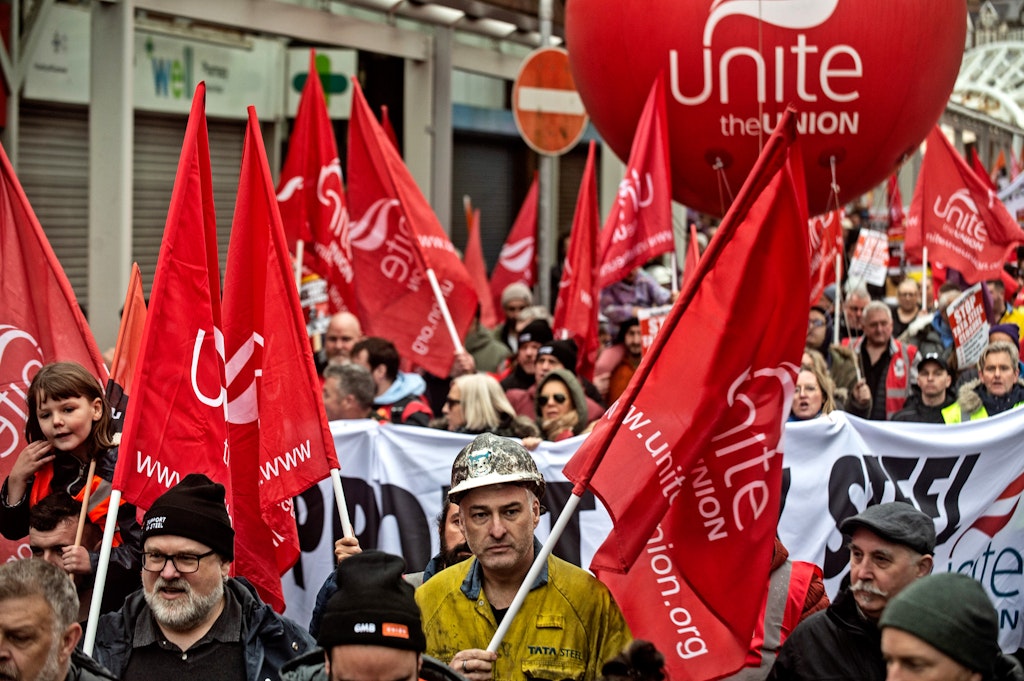The samba spirit
On cachaça, pisco and the pick of South American spirits
This article is taken from the November 2022 issue of The Critic. To get the full magazine why not subscribe? Right now we’re offering five issues for just £10.
“Way down among Brazilians
Coffee beans grow by the billions
So they’ve got to find those extra cups to fill
They’ve got an awful lot of coffee in Brazil.”
Frank Sinatra’s swinging salute to South America was recorded back in 1961 at the time Ol’ Blue Eyes was backing the blue donkey Democratic ticket to the White House. John F Kennedy’s Camelot was probably more Campari than coffee-based, but it certainly captured the zeitgeist of the times and Sinatra hitched on for the ride.

The same could not be said for Latin America, which furnished Kennedy with his fill of problems from Castro in Cuba to Eduardo Haedo of Uruguay and just about everywhere else in between. Even coffee-cultivating Brazilians could not evade an era of coup and counter-coup when their fun loving leftist leader, Jango Goulart, was marched out by the military. No wonder they needed something stronger than an espresso to escape the anxieties of the age.
Yet they did not have to look far for a solution. Indeed it had been doing the rounds, so to speak, since the seventeenth century when the slaves of the sugarcane plantations took to medicating their misery with what was initially known as aguardente de cana.
By distilling the freshly fermented juices collected from the canes, those tragic people entrusted to the future the clear liquid we now call Cachaça. No longer a reminder of repression, it is today a symbol of national pride consumed by all classes and none. And with a little lime and even more imagination, the invention of the Caipirinha cocktail has found an international audience of admirers.
Quentão and Batida, both with Cachaça bases, provide alternatives for those preferring gentler apple or coconut flavours. But South America is not a one-trick crioulo where spirit is concerned.
Check out Chile where you will find a local brandy made from Muscat called Pisco. Peru produces it too, though the colour and savour varies with the terroir. Pisco can be taken neat or more usually as the liquor base to cocktails.
The Peruvian Pisco Sour is possibly the most popular, adding as it does whipped egg white to the topping and so soothing the astringency of the lime juice and Angostura bitters. Pisco Sour claims many fathers, though the claimant with most clout is Victor Vaughen Morris, American barman and businessman who set up saloon in Lima in 1916 and was soon serving pick-me-ups to Peru’s pampered classes.
His take on Pisco Sour has become pre-eminent, so much so that Peru now celebrates it as its national drink. The Chileans next door, not to be out-drunk, have developed their own version without the egg white and with Pica lime from the Atacama Desert, and declared Pisco Sour their national snifter.
Of course, you do not have to lay over in Lima or stop off in Santiago to enjoy these pleasures. They can be found nearer to home. Most mixologists will have a bottle of Pisco behind their bar and although Cachaça is a little more difficult to find, hipster haunts like Waterloo’s Cubana or the lurid little Brazilian bar Floripas stock it.
So there is no need to fly down to Rio — unless of course you are a Fred and Ginger afficionado, or a confirmed coffee addict.
Enjoying The Critic online? It's even better in print
Try five issues of Britain’s newest magazine for £10
Subscribe














